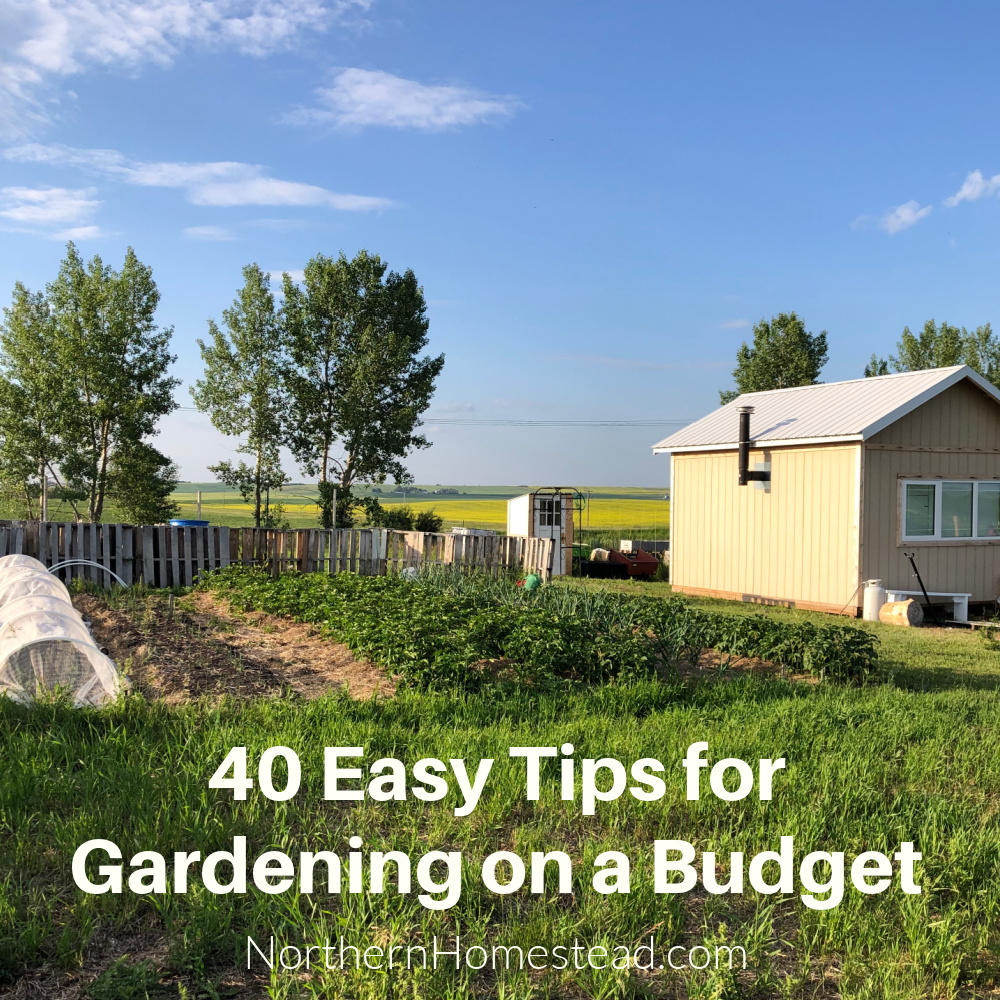
A limited budget often motivates starting a new garden to grow your own vegetables. However, gardening can be expensive. Fortunately, there are many ways to garden without breaking the bank. These budget garden ideas can be used for both vegetable and flower gardens. A vegetable garden can be a great way to feed a family on a budget. Our own garden has many perennial flowers, annual vegetables, herbs, berries, and fruit trees. Here are 40 easy tips for gardening on a budget that are proven to work and give you great results, organized into categories for easy use.
Information:
1. You can find free gardening information on our blog. We have a long list of organized gardening articles that are constantly updated and extended. Subscribe to our blog, save, and share it to benefit many.
2. Gardening books from the library can be a good place to start building your own library. Once you’ve had a chance to read a book, you’ll know if it’s worth buying.
3. Used books can be a cheaper option. Once you know which book you want, look for it in used bookstores or at yard sales.
4. Social media is a great way to find your local gardening community and share easy garden ideas. Follow us on Instagram, Facebook, YouTube, or Pinterest.
Tools and Equipment:
5. Renting equipment from a friend, local garden center, or renting company is a good choice since most of the equipment is only used to start a garden.
6. Buying used equipment can be even cheaper. After use, clean and sell again for the same price or higher on a buy-and-sell portal. With some good sense, you can actually make money.
7. Old gardening tools are often better quality than new ones from garden supply stores. Look for gardening tools at garage sales, yard sales, or buy-and-sell pages. Retired gardeners are often happy to give their beloved tools a new home.
8. Gardening tools make great gifts. One of my most used hand tools was a white elephant Christmas gift.
Garden and container soil:
9. Tilling: If your garden space has good native soil, you can till it and start a first-year garden. At the end of the season, you can convert it to no-till.
10. Sheet mulch garden: If you are starting with poor soil, build a sheet mulch garden using natural materials from your property or local farmers.
11. Free organic mulch: Mulching with organic matter is essential to building healthy soil in the long term. You can use lawn clippings, fall leaves, free wood chips from an arborist, straw, or old hay. The best time to apply is at the end of the growing season.
12. Square-foot garden planting method: This method helps you grow more food in a cost-effective small garden.
13. Natural soil for containers: Container gardening requires light, well-drained soil. You can use natural materials to make soil for containers.
14. Reusing potting soil: Potting soil can be reused for new containers or seed starting. Learn how to do it here.
Compost:
15. Build your own compost bin out of wooden pallets. Old pallets tight together with zip ties available at hardware stores make a composting bin in no time.
16. Make your own compost. Grass clippings, kitchen scraps, coffee grounds, plant debris, straw, and cardboard can all go into the compost pile. Here is a tip for collecting composting material during the winter.
17. Look for free compost. A great time to look for compost advertisements is around Mother’s Day. For example, our local mushroom farm gives compost away for the taking.
Buying and saving seeds:
18. Look for seed sales to save money. Sometimes, stores have their own brand that is cheaper. For example, Home&Hardware, we have grown healthy plants out of their seeds. Also, check how many seeds are in one seed packet; the cheapest options might be misleading.
19. You don’t need to buy all new seeds every year or use all the seeds in one packet. You can save them for next year. Seeds from the previous year may still be good. Find more information about which seeds last longer and how to store them here.
20. The best way to get free seeds is by saving your own seeds. Start with easy plants like tomatoes, cucumbers, peas, beans, and sunflowers. To save seeds, you will need to grow open-pollinated varieties.
21. Check your local community garden or seedy Saturday for seed swaps. You might be able to trade your extra seeds with others.
22. Let plants reseed themselves. This way, you will get completely free plants. Herbs and annual flowers are especially good for this.
Seedlings:
23. Starting your own seedlings can save you a lot of money compared to buying seedlings from garden centers. You can learn more about starting seeds to grow your own food here.
24. Use recycled containers like yogurt cups, plastic salad boxes, juice cartons, and milk jugs for seed starting. You can read more about this here and here.
25. After you finish using your seedling pots, you can wash and dry the old pots, and then reuse them for future plantings. However, please note that recycled containers may not be as durable as high-quality containers specifically designed for growing plants. Nevertheless, they can still be used for multiple seasons.
26. You can avoid the expense of growing lights by starting your seedlings later at a south-facing window. Find a free printable indoor seed starting schedule here. Alternatively, you can use the winter sowing method for the same reason.
27. You can grow and use multiple seedlings in one pot. Find more information about this here.
Plants:
28. To create a larger perennial garden, divide mature plants to get new ones. It’s one of the simplest methods to fill more garden beds with new plants.
29. Exchange divided plants with gardening friends to acquire new plants and give your garden an exciting new look.
30. Opt for native plants that are better suited to your climate to save time and money in your garden. The right plants can also result in an earlier payoff for your hard work.
31. Propagate plants by taking cuttings and digging up suckers. It’s an easy process and can save you a lot of money.
32. Avoid purchasing cheap plants as they usually don’t grow into healthy ones.
33. Smaller plants are less expensive and have a better chance of surviving transplantation, which can help you save money on plants. Especially noticeable when planting berries or fruit trees.
Watering tips:
34. A great eco-friendly and budget-friendly option for watering plants is to install a rain barrel to collect rainwater. This also helps improve plant growth.
35. Watering individual plants instead of the entire garden area is recommended to conserve water and monitor plant growth.
36. If you’re looking to save time and improve watering results, consider installing a drip irrigation system. This method can help conserve water and ensure plants get the right amount of water they need. An investment to save more money in the long run.
Plant protection tips:
37. For pest control, use netting. Netting costs vary greatly, but you can use cheap IKEA net curtains successfully.
38. Recycled bed sheets, reused buckets, and even glass jars work well for frost protection. Learn more about protecting your plants from frost here.
39. Build a raised bed with old windows for added protection. Or use recycled windows to harden off plants in spring.
40. Take advantage of natural microclimates by using exterior walls. Or build a pallet fence to catch snow. Learn more about microclimates here.
In conclusion, gardening on a budget can be a fun and rewarding experience. With the 40 Easy Tips for Gardening on a Budget, creating a beautiful garden that produces healthy vegetables and flowers is possible without spending much money. Being resourceful and creative can save money on tools, soil, seeds, seedlings, and plants. Additionally, many free resources can help you learn more about gardening and connect with other gardeners in your community. So, why not start your own budget-friendly garden today? Happy gardening!
We invite you to subscribe to Northern Homestead and follow us on Instagram, Facebook, or Pinterest for the latest updates.

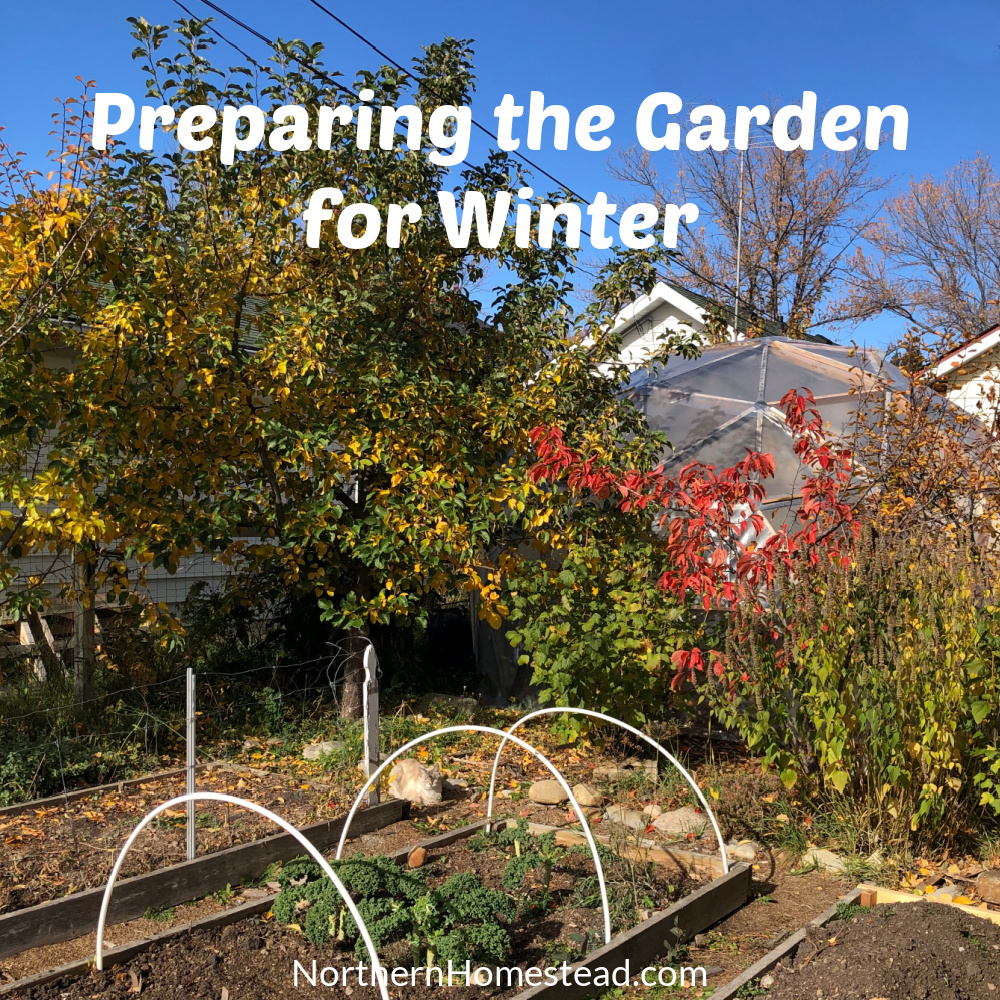


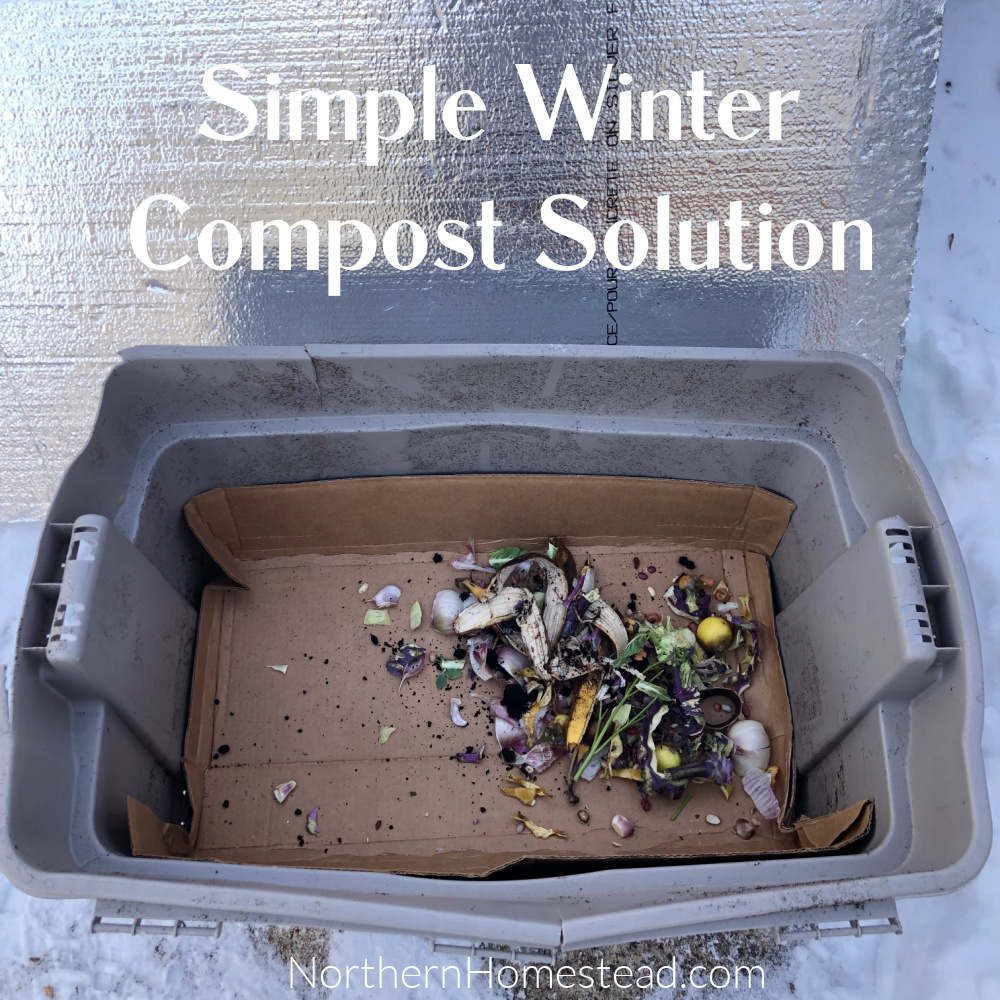
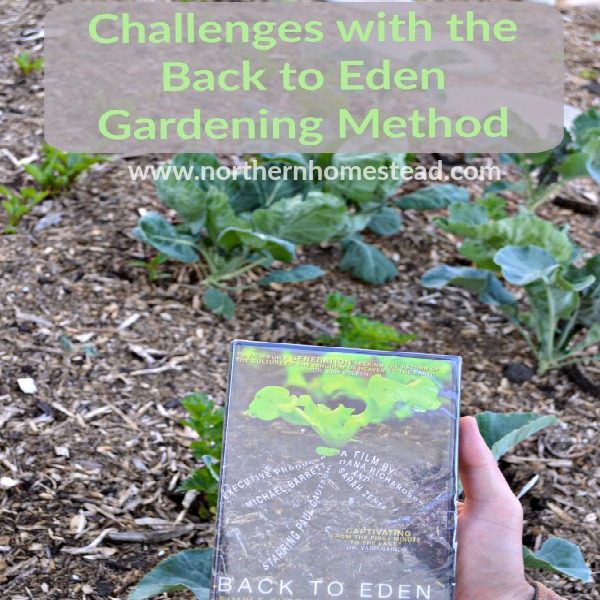
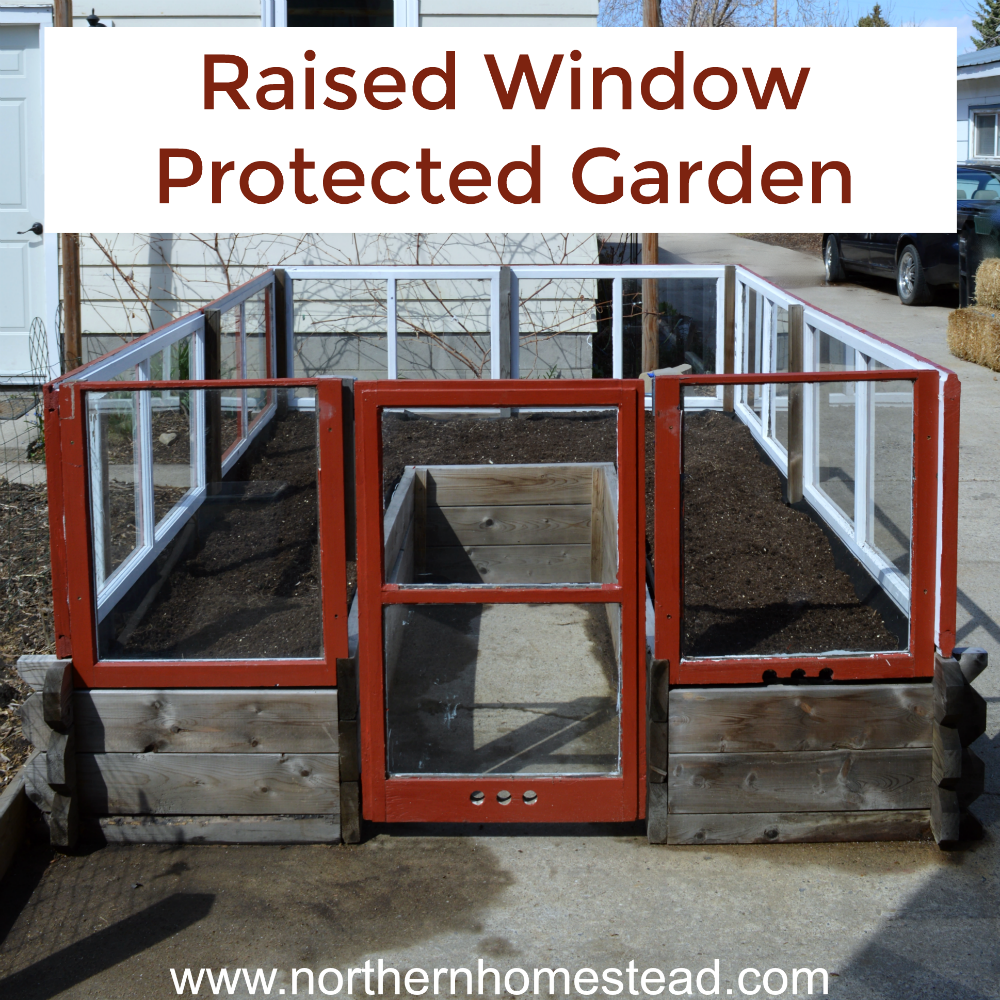
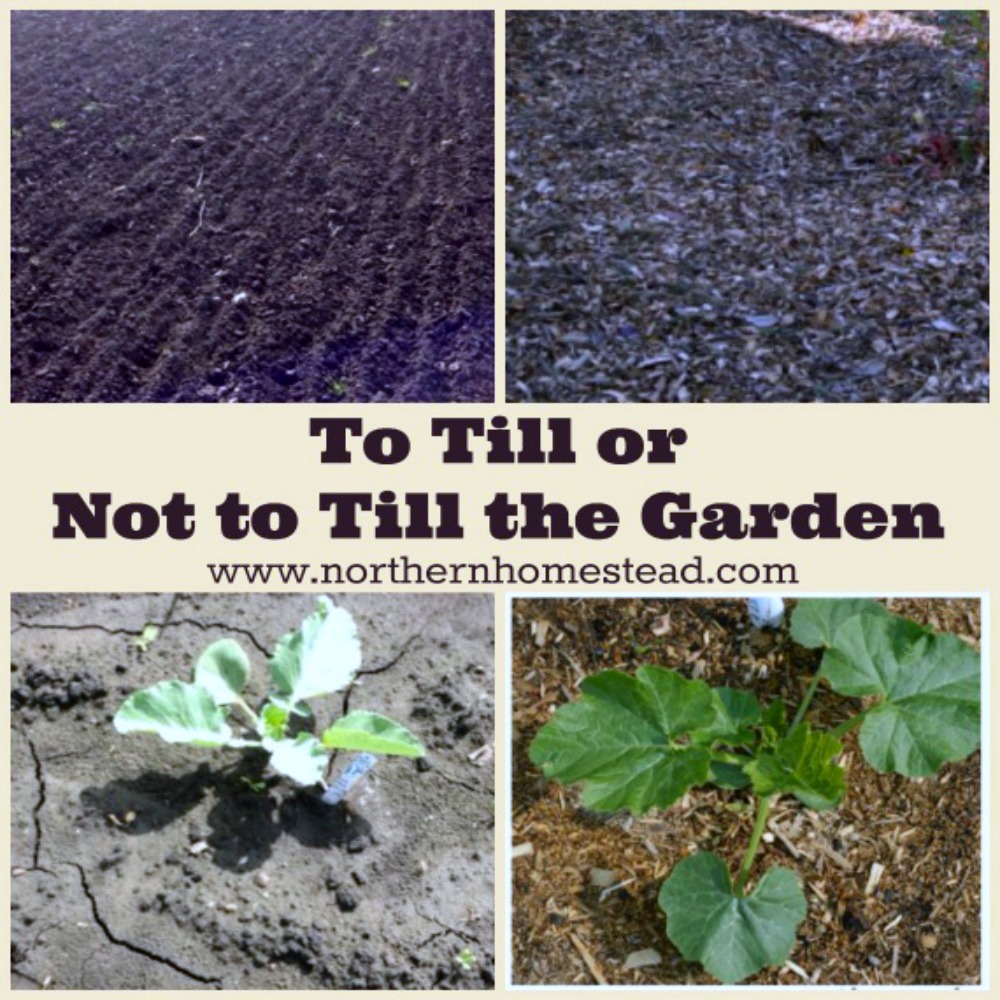

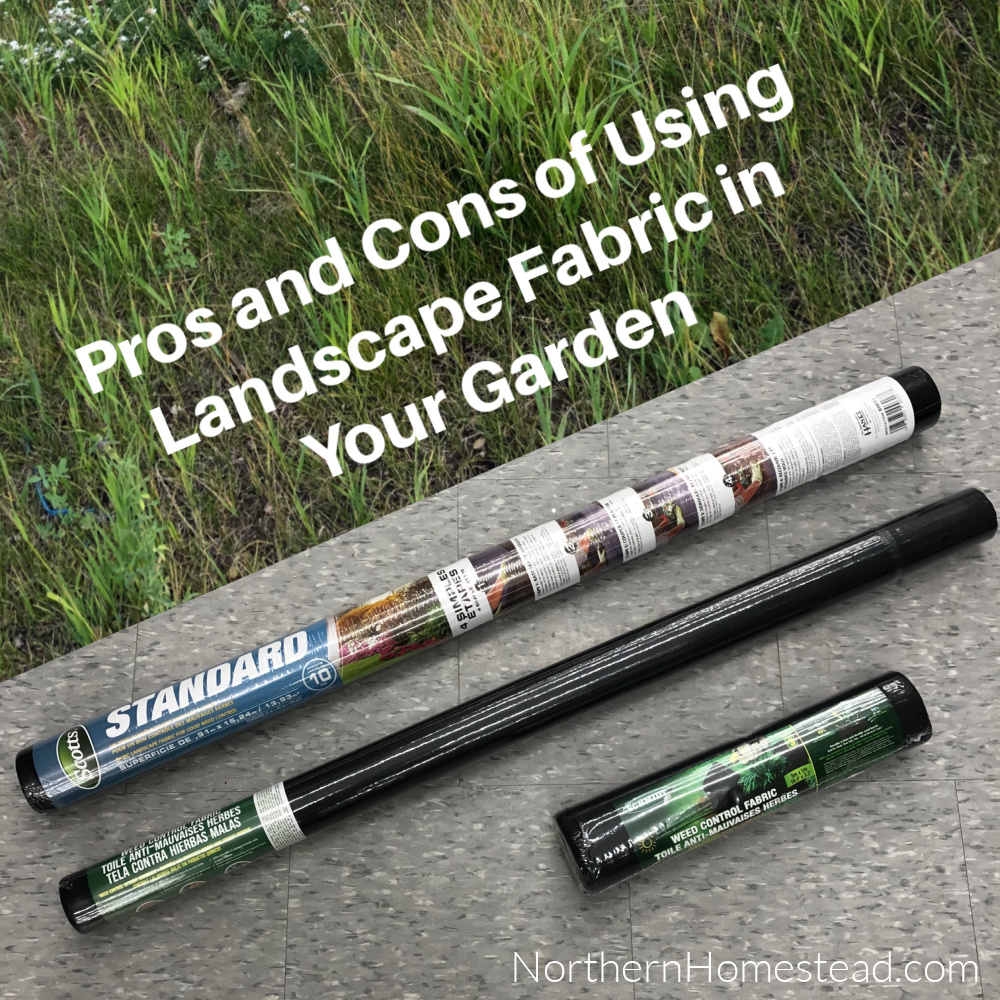
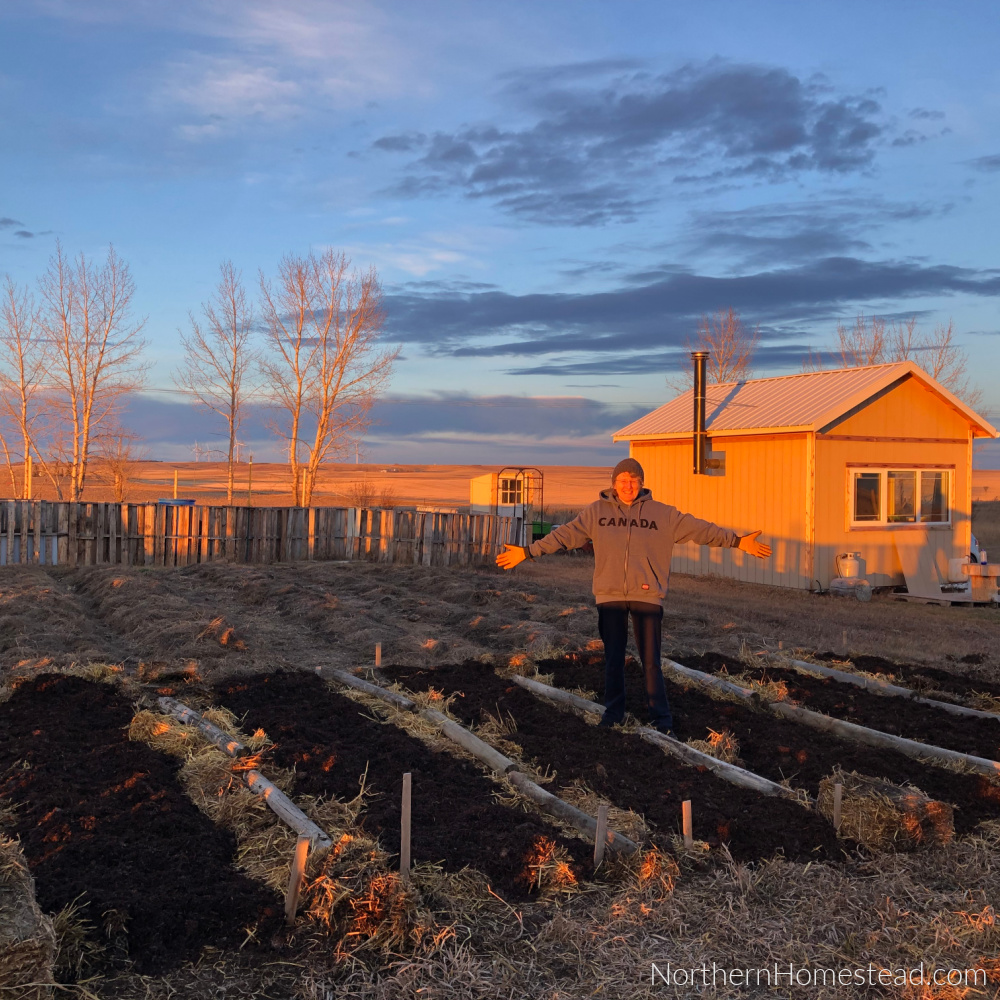

Leave a Reply